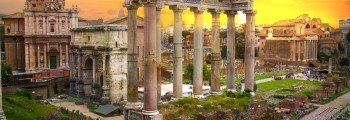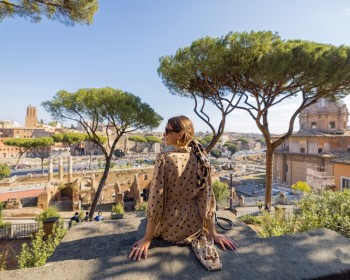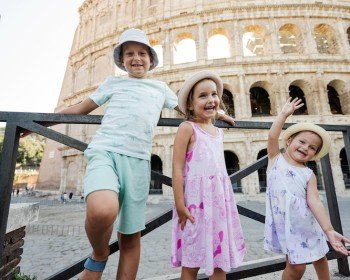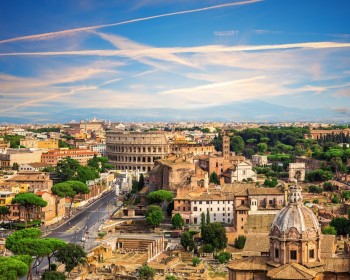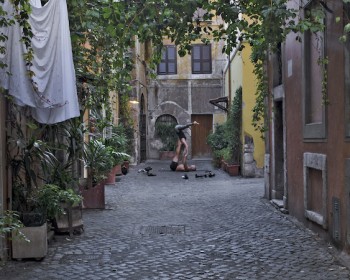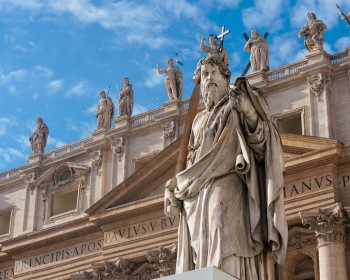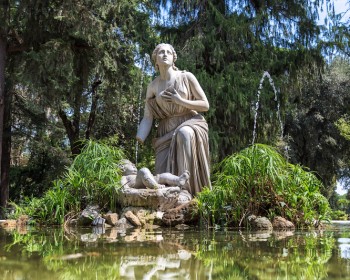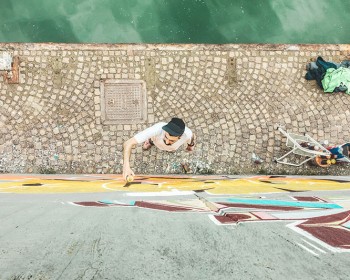The history of the Vatican Museums
Vatican Museums were founded by Pope Julius II in 1506 and opened to the public in 1771 at the behest of Pope Clement XIV. The sculpture that laid the foundation for the construction of the museum was the so-called Laocoon Group: it depicts Laocoon, the priest who, according to Greek mythology, tried to persuade the Trojans not to accept the wooden horse that the Greeks seemed to have given them.
But moving on to a more specific wing of the Museums, today we will tell you specifically about the Cabinet of Masks.
What is the Cabinet of the Masks?
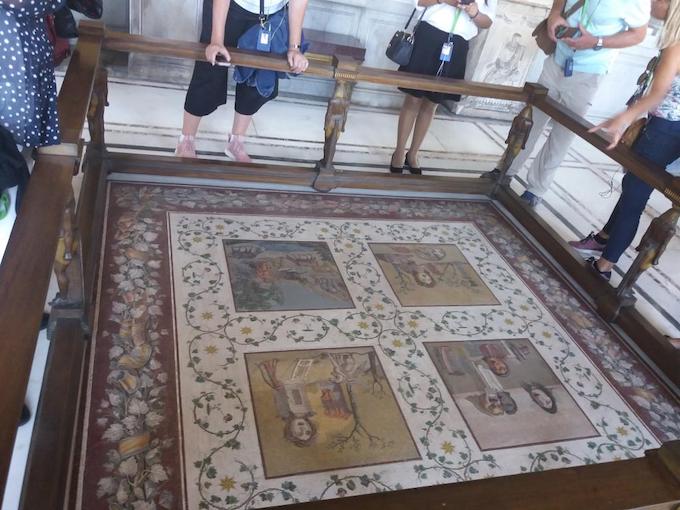
The Cabinet of the Masks is one of the many hidden treasures you can discover with our tours. Though many visit the Sistine Chapel and the Raphael Rooms on their trip to the enclave city, few visitors take the time to check out this amazing room. This makes it one of the best-hidden gems that you can include on your trip to the Vatican.
The small room, called the Cabinet of Masks is part of the Pius-Clementine Museum, founded in 1771 by Pope Clement XIV and expanded by Pius IV. The Cabinet houses classical sculptures such as a reproduction of the famous Three Graces group, a reproduction of Aphrodite Cnidia, considered the first female nude in Greek art, and other statues of female subjects.
But the name Cabinet of Masks comes from the beautiful mosaic from various parts of Hadrian's Villa at Tivoli that depicts bucolic scenes and theatrical masks.
From the same villa also come some of the masks that decorate the octagonal courtyard and other parts of the museums.
Don't miss the opportunity to discover the hidden treasures of the Vatican Museums.
The history of the Cabinet of the Masks
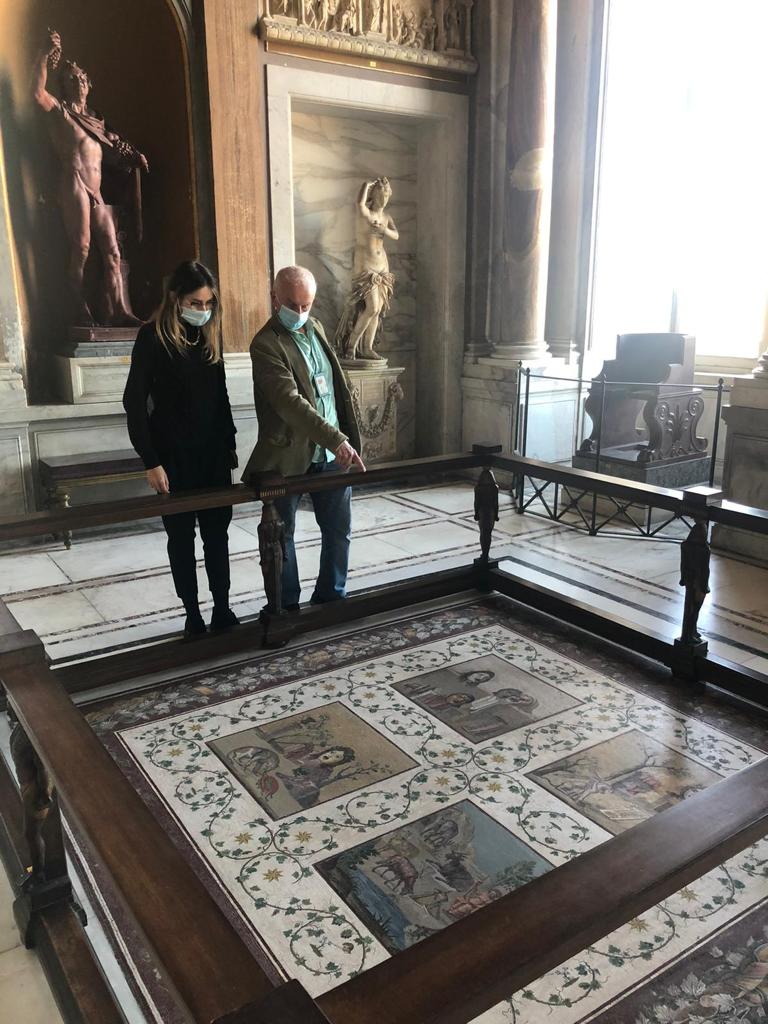
The story of the cabinet of the masks begins with architect Allesandro Dori, a Roman architect also known for his work on the facade of the Biblioteca Marucelliana in Tuscany.
In 1771, he was given this opportunity and chose to center his work on one of the halls weaving through the Palazzetto Innocent VIII. The hall was, in fact, originally intended for museum use, a role it continues to play to this day. Though some of Dori’s work still remains, much of the hall was redone not ten years later by Michelangelo Simonetti, whose neo-classical style can be seen throughout the Vatican, including the main rotunda of the Vatican Museums the Halls of Muses and Animals, as well as the Candelabra Gallery.
Simonetti’s revisions can largely be seen today. He commissioned the artists Cristoforo Unterperger and Domenico De Angelis to paint the elegantly detailed paintings and stuccoed decorations that line the walls of the Hall of Masks. In its center, Simonetti installed a tiled mosaic taken straight out of the villa of Emperor Hadrian in Tripoli. Of the depictions, several figures wearing masks can be seen, which is where the hall derives its name: The Cabinet of Masks.

